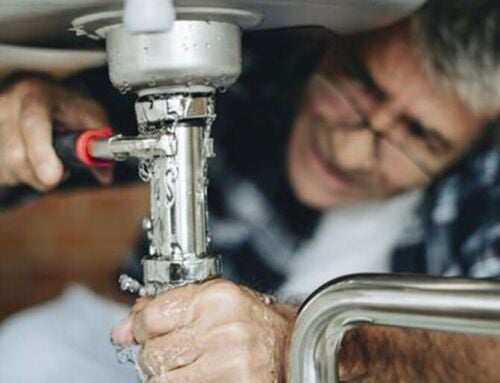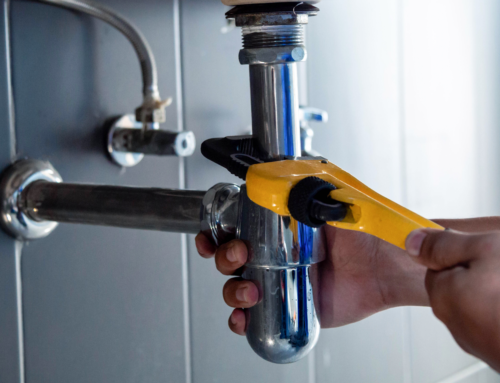During an outbreak of an infectious disease, businesses may be shut down to help prevent the spread and flatten the curve. Restarting businesses after a shutdown or outage from an infectious disease can be complex. Before they can re-open, there may be required procedures and protocols that have to be put in place as new operating standards.
This serves as a guide to ensure businesses infectious disease planning is conducted with awareness of hazards that may have arisen from a disease outbreak. No document can anticipate all possible changes; modifications in supply chain, production processes, and even changes in operating regulations could introduce new complexities and hazards.
Policies and procedures
- Develop an infectious disease response plan to identify potential risks to employees and take steps to reduce the chances of an outbreak occurring at the workplace. Post and communicate these policies to all employees. Communicate key points of these policies and control measures to clients and visitors.
- Update safety policies in accordance with any new recommended practices issued by provincial and federal health authorities.
- Conduct employee awareness training on prevention of the spread of communicable illness.
- Sequence and stagger work hours and breaks, to minimize the number of people working together.
- Reduce frequency of in-person meetings through use of alternative communication methods such as phone, video chat, or electronic messaging. Use virtual training methods when possible instead of in-class training.
- Discourage sharing desks, phones, tools, and other equipment. If sharing cannot be avoided, thoroughly disinfect equipment between users.
- Instruct employees to avoid physical contact such as hugs and handshakes.
- Reduce or eliminate all non-essential business travel.
- Through policy, require any employee that develops symptoms of a cold, flu, other sickness (such as fever, dry cough, sore throat) self-isolate at home.
- Create a contingency plan to account for employee absence due to sickness or family care obligations.
- Update emergency contact information for all employees.
Physical controls and practices
- Conduct regular cleaning and disinfecting of the workplace. Place an emphasis on frequently touched surfaces. Ensure that disinfectants are used in accordance with manufacturer’s directions, including necessary time-on-surface to ensure disinfection.
- Provide appropriate personal protective equipment (PPE) for employees, including disposable gloves, face shields and face masks.
- Dispose of used cleaning supplies and PPE in plastic-lined waste containers. Empty containers daily.
- Review proper handwashing technique with employees and encourage frequent handwashing with soap and hot water. Alternatively, provide hand sanitizer containing at least 60 per cent alcohol.
- Practice physical distancing and maintain a minimum 2m separation between individuals. Provide physical barriers, such as plexiglass windows, where 2m separation cannot be maintained.
- Set occupancy limits for staff and customer common areas, considering physical distancing requirements. Provide signage and floor markings to encourage appropriate physical distancing where appropriate.
- Provide contactless payment equipment at point of sale.
- Replace HVAC filters with increased frequency. Increase ventilation rates of fresh air.
This blog is provided for information only and is not a substitute for professional advice. We make no representations or warranties regarding the accuracy or completeness of the information and will not be responsible for any loss arising out of reliance on the information.






